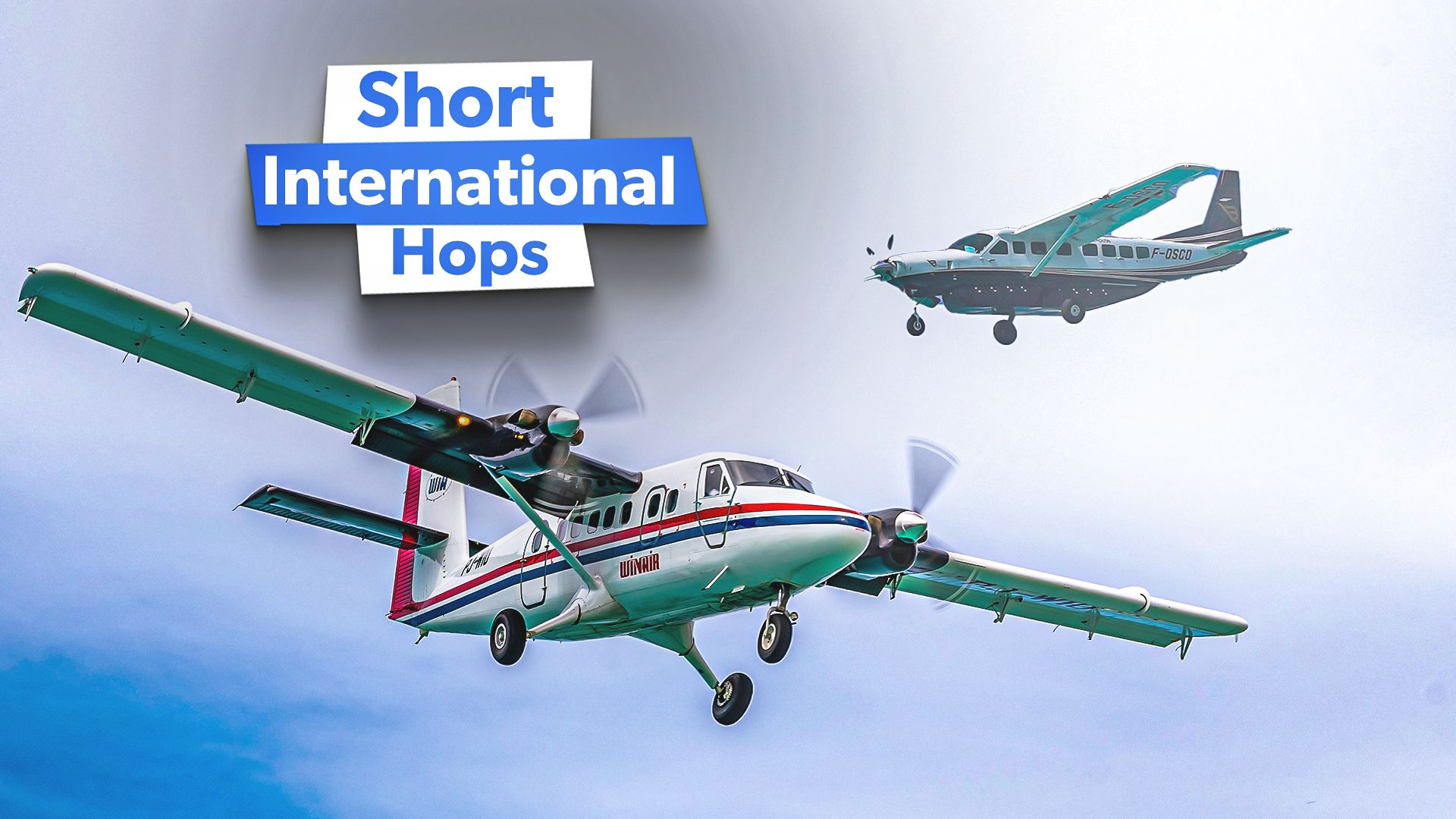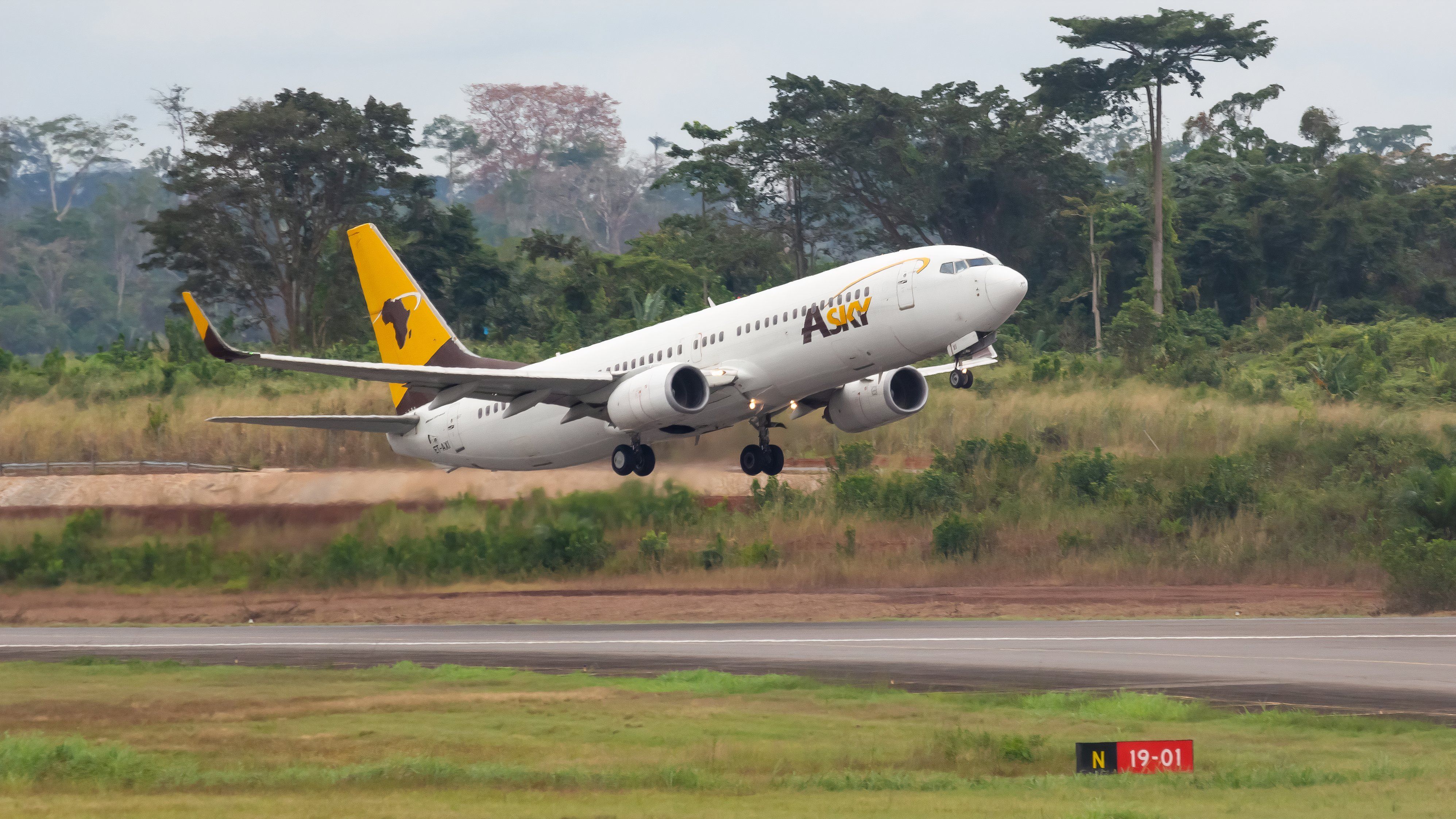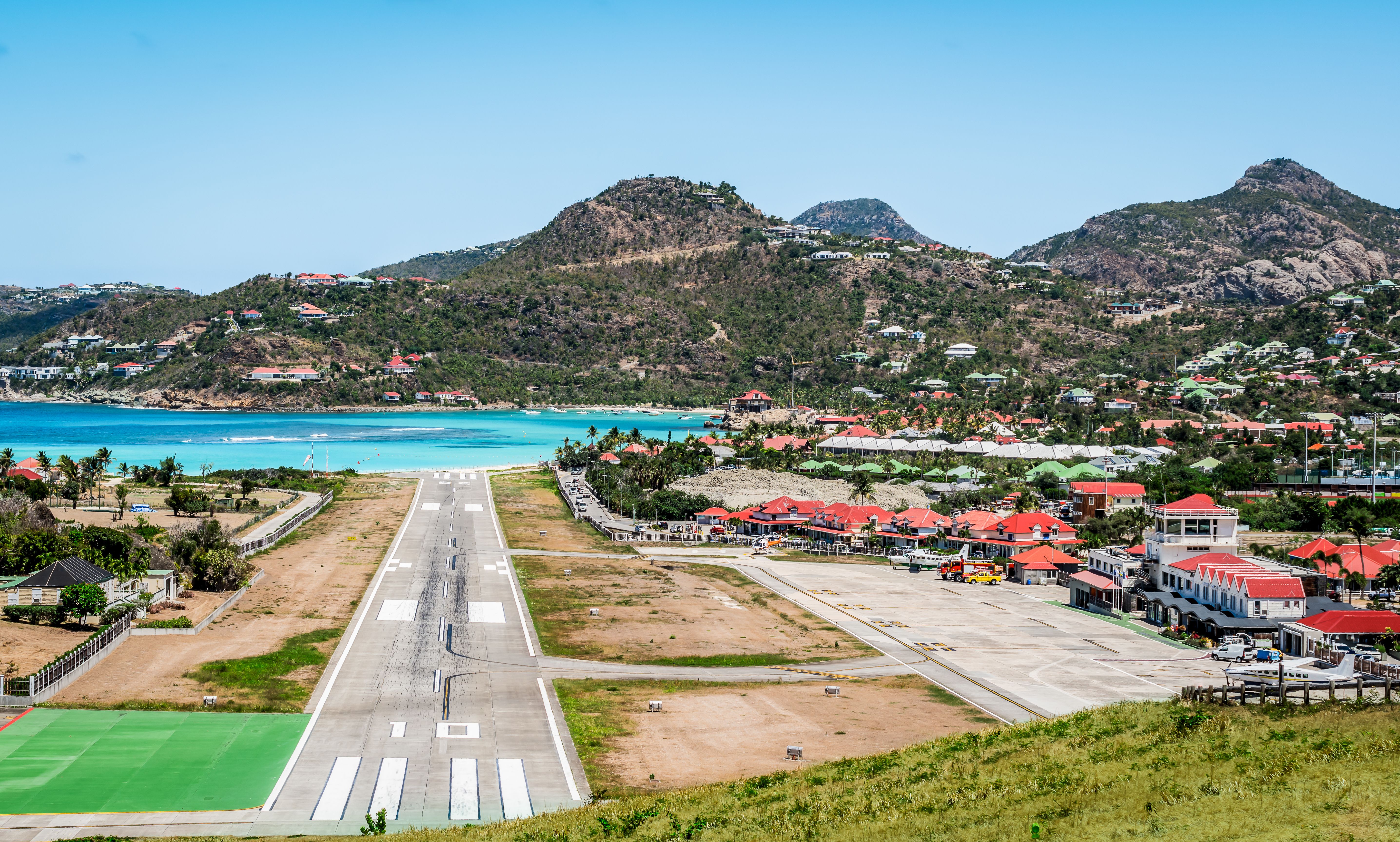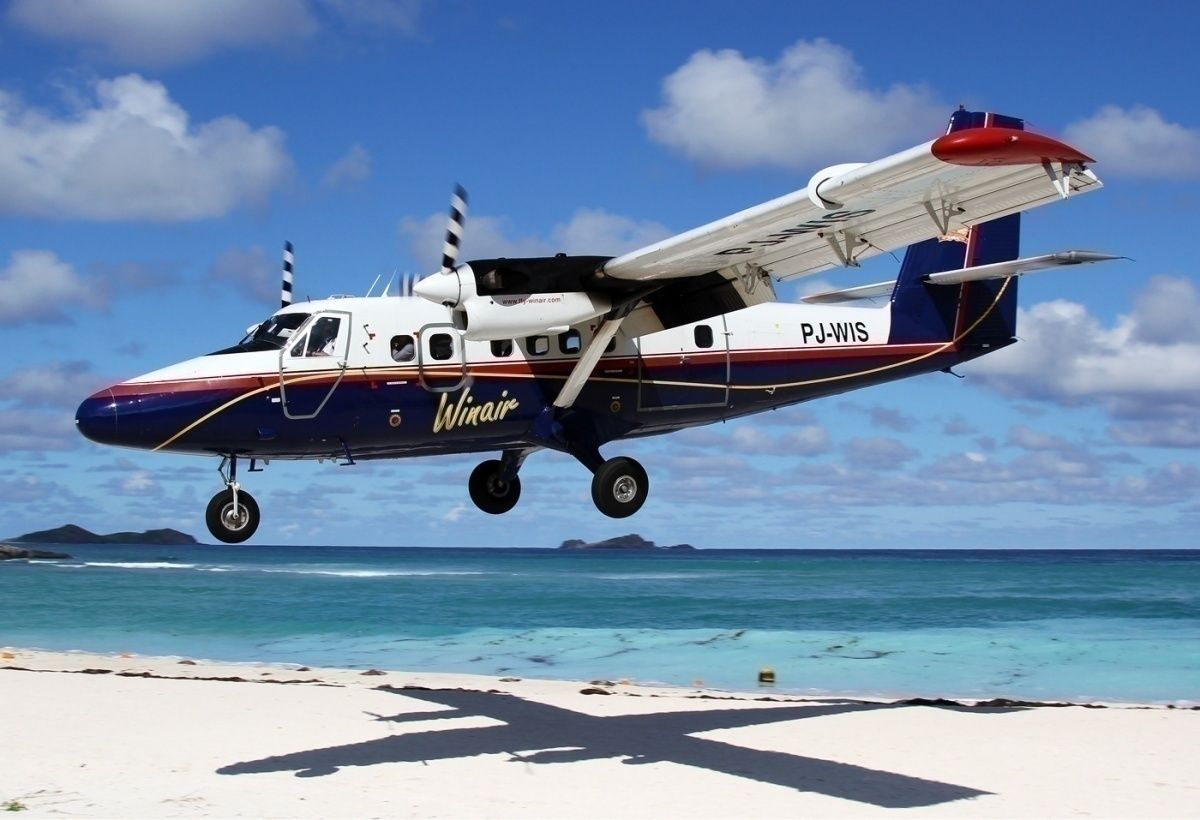Summary
- Short international flights enhance border connectivity for business & leisure, vital in regions with geographical barriers.
- Short flights support local economies by boosting tourism, trade & revenue for airports and airlines.
- Despite environmental concerns, aircraft tech advancements aim to make short flights more sustainable.
Short international flights offer unique and convenient travel experiences, connecting neighboring countries across short distances. These flights, often taking less than an hour, are vital in facilitating cross-border travel for business, tourism, and personal reasons. With the help of OAG data, we’re going to explore some of the world’s shortest international flights, their significance, and the aircraft that make these brief journeys possible.
Brazzaville to Kinshasa (Republic of Congo to the Democratic Republic of Congo)
One of the shortest international flights operates between Brazzaville in the Republic of the Congo and Kinshasa in the Democratic Republic of the Congo. This Ethiopian Airlines route spans just 15 miles (24 km), and flights are primarily operated by ASKY Airlines using a Boeing 737-800. Despite the short distance, this route is crucial in the region because it connects the two capital cities divided by the Congo River, facilitating diplomatic and business travel across the border.
Photo: The Taxi Photographer | Shutterstock
St. Gallen to Friedrichshafen:
Another exceptionally short flight is the 12-mile (20 km) journey from St. Gallen in Switzerland to Friedrichshafen in Germany. Operated by People’s, this flight only took eight minutes to complete when it was operating. The proximity of the two cities and the natural obstacles in the mountainous area between them (including Lake Constance) made this flight a practical alternative to the longer drive, but demand was no longer sufficient, and operations ceased in 2017.
St. Martin to St. Barthelemy (France to St. Barthelemy)
The 19-mile (31 km) flight from St. Martin to St. Barthelemy is one of the shortest international routes, operated by various airlines using small aircraft like the Cessna 208B Caravan. This route is particularly popular among tourist traveling between these scenic Caribbean islands. The flight itself only takes about 15 minutes.
Photo: Nancy Pauwels | Shutterstock
Saba to St. Maarten (Bonaire, Saint Eustatius, and Saba to St. Maarten)
Another short Caribbean route is the 28-mile (45 km) flight from Saba to St. Maarten, operated by Winair using De Havilland Canada DHC-6 Twin Otter aircraft. This flight takes about 15 minutes and provides an essential link between these islands, promoting tourism and local connectivity.
St. Maarten to St. Eustatius (St. Maarten to Bonaire, Saint Eustatius and Saba)
The flight from St. Maarten to St. Eustatius covers approximately 38 miles (61 km) and is also operated by Winair. The route takes about 20 minutes and facilitates easy travel between these Caribbean islands.
Photo: Timo Breidenstein | Wikimedia Commons
Bonaire to Curacao (Bonaire, Saint Eustatious and Saba to Curacao)
The 46-mile (74 km) flight from Bonaire to Curacao is operated by Divi Divi Air and EZ Air using small turboprop aircraft like the Saab 340. This route, taking about 25 minutes, is a vital link in the ABC islands, supporting both tourism and inter-island business travel.
Kasane to Victoria Falls (Botswana to Zimbabwe)
The 48-mile (77 km) flight from Kasane, Botswana, to Victoria Falls, Zimbabwe, is operated by various airlines using small aircraft such as the Cessna 208 Caravan. This flight, lasting about 20 minutes, connects two major tourist destinations in southern Africa, facilitating quick access to the famous Victoria Falls (waterfalls).
Dammam to Bahrain (Saudi Arabia to Bahrain)
The flight from Dammam, Saudi Arabia, to Bahrain spans approximately 54 miles (87 km) and is operated by Gulf Air using Airbus A320 aircraft. This route, taking around 40 minutes, is a crucial one for business and leisure travelers in the Gulf region.
Fort Lauderdale to Bimini (USA to the Bahamas)
Several airlines operate the 59-mile (95-km) flight from Fort Lauderdale, Florida, to Bimini in the Bahamas using small aircraft (such as the Cessna 208 Caravan). This flight takes about 40 minutes and provides a quick getaway for American tourists to the idyllic Bahamanian island of Bimini.

Related
Quick Hops: These Are American Airlines’ 5 Shortest Routes From Washington National Airport
One of the shortest routes from DCA airport is to New York.
The importance of short international flights
-
Enhancing connectivity
- Short international flight routes are often vital for enhancing connectivity between neighboring countries. They offer convenient travel options for passengers who need to cross borders quickly (for business or leisure travel). These flights also play a key role in regions where geographical barriers make other forms of transport less feasible.
-
Economic impact
- Short flights often support local economies by facilitating trade, tourism, and business activities. Airports that handle these routes benefit from the increased traffic and revenue, while airlines can optimize their fleet utilization by operating shorter, high-frequency routes.
-
Environmental considerations
- While short flights are often a matter of convenience, they do raise environmental concerns due to their higher fuel consumption per mile compared to longer flights. Airlines are increasingly looking for ways to mitigate these impacts by using more fuel-efficient aircraft and even exploring alternative fuels.
Aircraft types for short flights
Regional jets and turboprops
Short international flights are typically operated by regional jets and turboprop aircraft. Common models include the:
- Embraer 190
- De Havilland Canada DHC-6 Twin Otter
- ATR 72
- Bombardier Q400
- Cessna 208 Caravan
- Saab 340
These aircraft are designed for short-haul operations and offer the right balance of efficiency, capacity, and performance.
Operational efficiency
Operating short routes requires airlines to focus on quick turnaround times and efficient ground operations. Aircraft used on these routes are often configured to maximize passenger comfort while ensuring that the operations remain profitable.
The future of short international flights
Tech enhancements
Advancements in aircraft technology and the development of more fuel-efficient engines are expected to make short flights more sustainable. Innovations such as electric aircraft and hybrid propulsion systems could further reduce the environmental impact of these flights.
Expanding networks
As travel demand continues to rebound and grow, airlines may introduce more short international routes, especially in regions with emerging markets. This expansion will provide travelers with more options and enhance global connectivity.
Wrapping it up
Short international flights, while brief in duration, play a niche role in the global aviation landscape. They enhance connectivity, support local economies, and offer convenient travel options for passengers. As the aviation industry continues to evolve, these flights are set to remain an essential component of the broader networks they operate in, balancing efficiency with the need for quick hops and reliable cross-border transport.
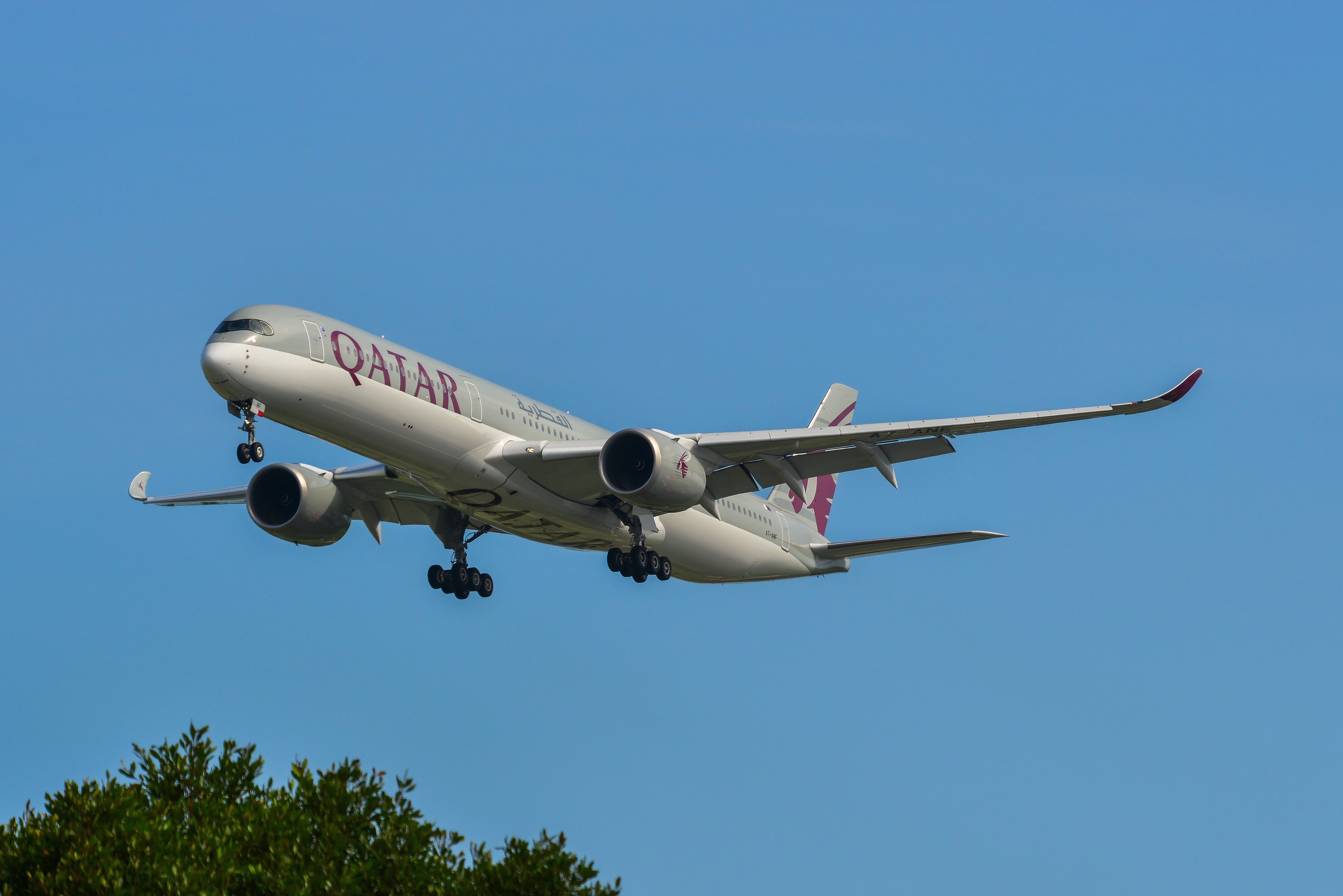
Related
As Little As 1 Hour: The World’s 10 Shortest A350-1000 Flights This Summer
How many of them can you name?

